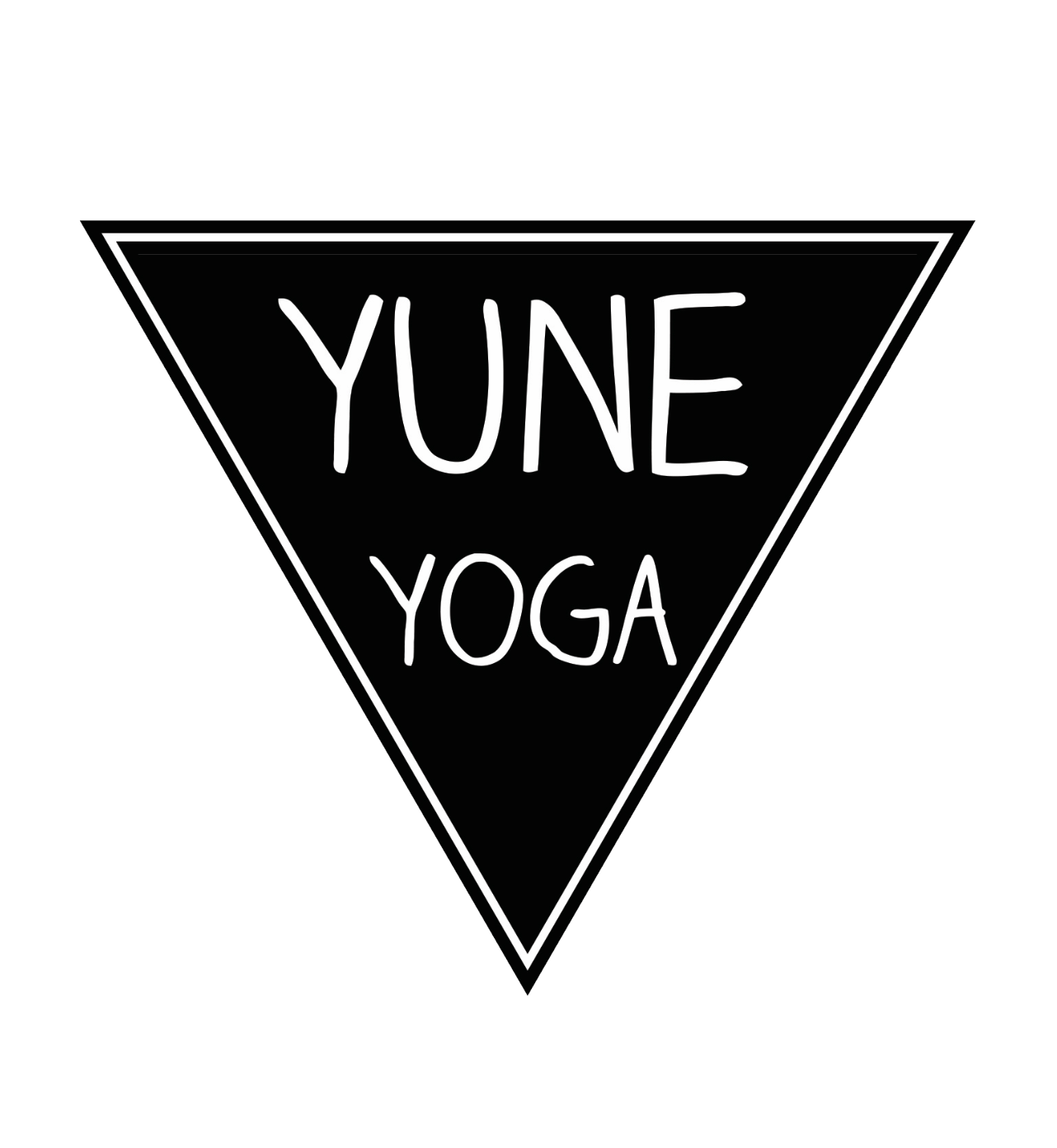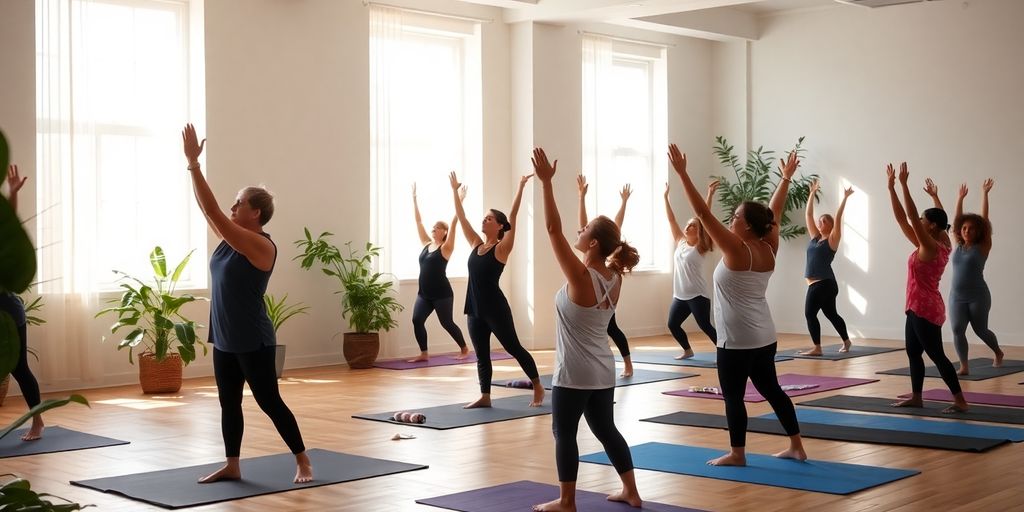
Understanding the Average Length of Yoga Mat: Finding the Right Fit for Your Practice
Choosing the right yoga mat might seem like a minor detail, but it can really change your practice. Whether you’re just starting out or have been doing yoga for years, the size of your mat plays a big role in comfort and how well you can perform your poses. The average length of a yoga mat is a great place to start, but there’s a lot more to consider when finding the perfect fit for your needs. Let’s break it all down so you can make an informed decision.
Key Takeaways
- The average yoga mat is typically about 68 inches long and 24 inches wide, which works for most users.
- When picking a mat, think about your height, the style of yoga you do, and what feels comfortable.
- For taller people or those who need more space, there are extra-long and wider mats available.
- Thickness is important—thicker mats give more cushion, while thinner ones are easier to carry.
- Taking care of your mat properly can help it last longer and perform better.
Understanding Standard Yoga Mat Dimensions
Length and Width
Yoga mats come in different sizes, but there are some common ones you'll see most often. The usual yoga mat is about 68 inches long and 24 inches wide. This size works for a lot of people. But, if you're taller, you might want to get a longer mat, like 72 inches or more, so you can stretch out all the way during poses. Some mats even go up to 84 inches long and 36 inches wide for those who really want extra space. It's all about finding what feels right for you. If you are looking for a standard yoga mat, you'll find plenty of options in this size range.
Thickness Variations
Yoga mats aren't just different lengths and widths; they also come in different thicknesses. You can find thin mats that are only about 1/16 inch (1.5 mm) thick, which are great for travel because they're light and easy to pack. Then there are standard mats, which are around 1/8 inch (3 mm) thick. These are a good middle ground – not too thin, not too thick. And if you want extra cushioning, you can get mats that are up to 1/4 inch (6 mm) thick. These are nice if you have sensitive knees or wrists. The standard yoga mat thickness levels you choose really depends on what feels best for your body and what kind of yoga you like to do.
Choosing the Right Fit for Your Needs
Picking the right yoga mat size isn't just about grabbing the first one you see. It's about thinking about your body and your practice. Here are a few things to keep in mind:
- Your Height: If you're tall, get a longer mat. It's that simple. You don't want your feet hanging off the end during Savasana.
- Your Practice Style: If you do a lot of fast-paced yoga, you might want a thicker mat for extra cushioning. If you do slower, more grounded yoga, a thinner mat might be better.
- Your Personal Preference: Some people like a lot of space, while others prefer a smaller mat. There's no right or wrong answer – it's all about what feels good to you.
Finding the right yoga mat can really make a difference in your practice. It can help you feel more comfortable, stable, and confident. So, take your time and do your research. It's worth it!
How to Measure Your Ideal Yoga Mat Size
Assessing Your Height and Reach
Okay, so you're trying to figure out the right yoga mat size? First things first: your height matters. Most standard mats are around 68 to 72 inches. If you're on the shorter side, that's probably fine. But if you're tall, like over 6 feet, you'll want to look at longer mats, maybe 78 to 85 inches. You don't want to be hanging off the ends during poses like Savasana!
To get a good idea, lie down on the floor and have someone measure from your head to your heels, then add a few inches. That'll give you a good starting point. Also, consider your arm reach. Stretch your arms overhead; if they go way beyond your head, you might want a bit of extra length. This helps ensure your entire body stays on the mat during stretches.
Evaluating Your Practice Style
Think about the kind of yoga you do. Are you all about that fast-paced Vinyasa flow, or are you more into gentle restorative yoga? For more active styles, you might want a mat with a bit more grip and cushioning. For slower stuff, you can probably get away with something thinner. Also, consider how much you move around. Do you tend to spread out a lot during poses? If so, a wider mat might be a good idea. Standard mats are usually around 24 inches wide, but you can find wider ones if you need the extra space. Finding the right yoga mat size can really improve your practice.
Aligning Dimensions with Personal Comfort
Ultimately, it's all about what feels good to you. Don't just go with what's "standard" if it doesn't work for your body. Consider any joint issues you might have. If your knees or wrists are sensitive, a thicker mat can make a big difference. But if you like feeling grounded, a thinner mat might be better.
I remember when I first started yoga, I just grabbed whatever mat was cheapest. Big mistake! It was way too short, and my knees were killing me. Once I upgraded to a longer, thicker mat, it was a game-changer. So, don't be afraid to experiment and find what works best for you.
Here's a quick guide:
- Height under 5'4": Standard (68 inches)
- Height 5'4" - 5'10": Standard or Long (72 inches)
- Height over 5'10": Extra Long (78+ inches)
And don't forget to think about storage. A super thick mat might be comfy, but it can also be a pain to roll up and store. So, find that sweet spot between comfort and convenience. You should choose the ideal yoga mat for your body type and personal comfort.
Factors to Consider When Choosing a Yoga Mat
Your Height and Body Type
When picking a yoga mat, your height and body size really matter. A standard mat might feel too short if you're tall, leaving your hands or feet off the mat during poses. Taller people often benefit from extra-long mats that provide full-body support. Similarly, body size can influence the width you need. If you're broader, a wider mat gives you more room to move without feeling restricted. It's all about finding a mat that fits your frame comfortably.
Yoga Style and Practice Needs
Your yoga style plays a big role in choosing the right mat. Different styles have different needs. For example:
- Dynamic styles like Vinyasa or Ashtanga benefit from mats with extra grip to handle quick transitions.
- Restorative yoga calls for thicker mats, offering more cushioning to support long-held poses.
- If you practice hot yoga, look for mats with moisture-wicking properties or pair them with a non-slip towel.
The demands of your practice should guide your decision. Whether you need stability, cushioning, or sweat resistance, there's a mat designed for your needs.
Portability and Storage
Think about where and how you'll use your mat. If you travel frequently, a lightweight, foldable mat is a practical choice. Travel mats are thinner, making them easy to pack, though they might lack the cushioning of standard mats. For home use, you can afford to go with thicker, heavier options, as portability isn’t a concern. Also, consider the storage space available in your home—compact mats are easier to tuck away when not in use.
A yoga mat that aligns with your height, practice style, and storage needs comes to your mat.
Exploring Non-Standard Yoga Mat Options
Extra-Long Mats for Taller Practitioners
If you're taller than average, or you just like having more room to stretch out, then extra-long yoga mats could be a game-changer. Standard mats often fall short, leaving your hands or feet dangling during poses like Savasana. These mats are usually 78 to 84 inches long, giving you the space you need. They're a great choice for taller people or anyone who uses props in their practice.
- More comfortable Savasana.
- No more worrying about falling off the mat during poses.
- Better for floor exercises.
Using a mat that fits your body can really change your yoga experience. It's all about finding what works best for you.
Travel Mats for On-the-Go
For those who love to practice yoga while traveling, travel mats are a must-have. These mats are designed to be lightweight and easy to fold or roll up, making them perfect for packing in a suitcase or backpack. They're often thinner than standard mats to reduce bulk, but some still offer decent cushioning. Finding the right travel yoga mat means you don't have to skip your practice while you're away from home. They are easier to carry and easier to store.
Specialty Mats for Unique Needs
Beyond extra-long and travel mats, there's a whole world of specialty yoga mats designed for unique needs. Some mats are extra thick for added cushioning, which can be great if you have sensitive joints. Others are made with special materials for extra grip, ideal for hot yoga or sweaty practices. And some are even designed with alignment cues to help you improve your form. Here's a quick look at some options:
| Mat Type | Features | Ideal For |
|---|---|---|
| Extra Thick Mats | More cushioning, joint protection | People with joint pain or sensitivity |
| High-Grip Mats | Non-slip surface, better traction | Hot yoga or sweaty practices |
| Alignment Cue Mats | Lines and markings for proper alignment | Beginners or those focused on form |
Benefits of Choosing the Right Yoga Mat Size

Enhanced Comfort and Stability
The right yoga mat size can really boost your comfort and stability during practice. If your mat is too small, you might find yourself constantly adjusting to stay on it, which is super distracting. A mat that fits well gives you the space you need to move freely and confidently. Stability is key, especially for those tricky balancing poses. A good fit means you can focus on your form without worrying about slipping off the edge. For example, a thicker yoga mat can provide extra cushioning for sensitive joints.
Improved Practice Experience
Think of your yoga mat as your personal zone. When it's the right size, it just feels better. You can stretch out fully in poses like Savasana without your hands or feet touching the floor. This creates a more immersive and relaxing experience. No more feeling cramped or restricted – just pure focus on your breath and movement. It's about creating a space where you can truly unwind and connect with your body.
Reduced Risk of Injury
Using a mat that's too small can actually increase your risk of injury. If you're constantly having to adjust your position, you're more likely to strain a muscle or lose your balance. A properly sized mat provides a stable and supportive surface, reducing the chance of slips and falls. It's all about creating a safe environment for your practice, so you can push yourself without putting your body at risk.
Choosing the right yoga mat size is more than just a matter of preference; it's an investment in your comfort, stability, and overall well-being. It allows you to fully immerse yourself in your practice, free from distractions and potential injuries.
Common Misconceptions About Yoga Mat Sizes

Standard Sizes Suit Everyone
It's easy to think that because most yoga mats are a certain size, that size must be right for everyone. Not true! Just like clothes, yoga mats aren't one-size-fits-all. If you're taller, shorter, or just like more room to move, a standard mat might leave you feeling cramped. Don't be afraid to look into longer or wider options to really maximize your comfort. It's all about finding what works best for your body and your practice. For example, if you are looking for a cork yoga mat, you might need to look at different sizes.
Thickness Doesn't Matter
Some people think that the thickness of a yoga mat is just a matter of preference, but it actually plays a big role in comfort and support. A super thin mat might be great for travel, but it might not provide enough cushioning for your joints, especially during poses where you're putting a lot of weight on your knees or wrists. On the other hand, a super thick mat might feel too squishy and make it harder to balance. It's a balancing act! Here's a quick guide:
- Thin (1-2mm): Good for travel, less cushioning.
- Standard (3-5mm): A good balance of comfort and stability.
- Thick (6mm+): Extra cushioning for sensitive joints.
Wider Mats Are Always Better
While having extra space can be nice, wider mats aren't always the best choice. They can be harder to carry around, and they might not fit as well in smaller spaces. Plus, if you're not used to a wider mat, it can actually throw off your alignment in certain poses. It's all about finding the right balance between space and practicality. Think about where you'll be using your mat and how much space you really need before jumping to the widest option. Consider your yoga style too.
It's easy to get caught up in what's "standard" or what everyone else is using, but the most important thing is to choose a yoga mat that feels good for you. Don't be afraid to experiment with different sizes and thicknesses until you find the perfect fit.
Care and Maintenance for Your Yoga Mat
Cleaning Techniques for Longevity
Keeping your yoga mat clean is super important, not just for hygiene, but also to make it last. I mean, who wants to practice on a dirty mat? The easiest thing to do is wipe it down after each use.
Here's a simple routine:
- Grab a damp cloth.
- Mix a little mild soap with water (or use a special yoga mat cleaner).
- Wipe the mat down.
- Let it air dry completely before rolling it up.
For a deeper clean, you can soak the mat in warm water with gentle soap, but make sure it's completely dry before you roll it up. Nobody wants a moldy mat!
Storage Tips to Preserve Shape
How you store your mat matters more than you might think. Don't just chuck it in a corner! Always roll it up, and ideally, store it in a cool, dry place. Direct sunlight can fade the color and even damage the material over time. Think of it like your favorite t-shirt – you wouldn't leave that baking in the sun, would you?
- Roll the mat tightly.
- Store it away from direct sunlight.
- Consider a yoga mat bag for extra protection.
I've found that storing my mat properly really does make a difference. It keeps it from getting all bent out of shape and extends its life. Plus, it's just nice to have a designated spot for it, so it's not just lying around.
Signs It's Time for a New Mat
Even with the best care, yoga mats don't last forever. Eventually, you'll need to replace it. Here are some signs it might be time for a new one:
- It's starting to crumble or flake.
- It's lost its grip, and you're slipping all over the place.
- It smells funky, even after cleaning.
If you notice any of these, it's probably time to invest in a new sticky mat. Think of it as an investment in your practice!
Wrapping It Up
Choosing the right size for your yoga mat might seem like a minor detail, but it can really change how you feel during your practice. Whether you’re tall, short, or somewhere in between, there’s definitely a mat that fits you just right. Think about your height, the type of yoga you do, and how much space you like to have while moving. A mat that’s too small can feel cramped, while one that’s too big might be a pain to carry around. In the end, it’s all about what feels comfortable for you. So take your time, maybe try out a few different ones, and find the mat that makes you excited to roll it out and get started. Enjoy your yoga journey!
Frequently Asked Questions
What are the typical sizes of yoga mats?
Most yoga mats are about 68 inches long and 24 inches wide, which works for most people.
How do I find the right size yoga mat for my height?
If you're taller than 6 feet, look for mats that are at least 72 inches long to ensure you have enough space.
Why does the thickness of a yoga mat matter?
Thicker mats give more cushion and support, which can help protect your knees and wrists during poses.
Are there mats specifically for tall people?
Yes, extra-long mats are available for taller individuals, usually measuring 80 inches or more.
What should I consider when choosing a yoga mat?
Think about your height, the type of yoga you practice, and how portable you need the mat to be.
How do I take care of my yoga mat?
Regularly clean your mat with mild soap and water, and store it flat or rolled up to keep its shape.


